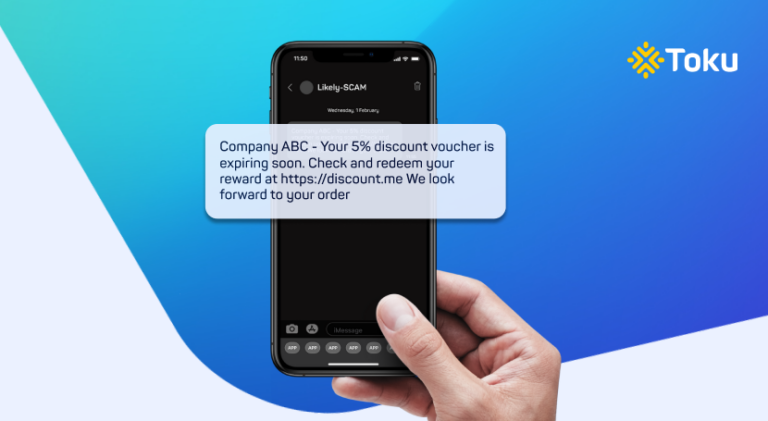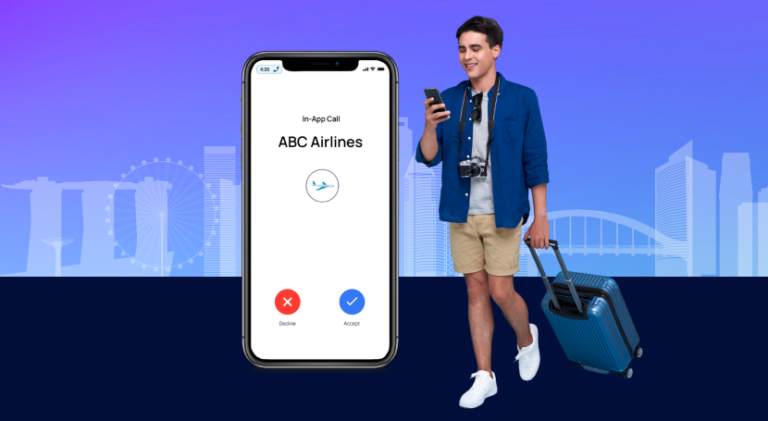Modernising legacy systems does not simply mean updating them. It’s about transforming your systems in preparation for the new developments in technology.
Financial services are transforming rapidly across the world thanks to the digital revolution.
In APAC today, as many as 62% of customers said they prefer to begin a new banking relationship digitally. Unsurprisingly, the same study also found the appeal of in-person branch banking is fading fast. At the same time, the emergence of digital banks has cast new doubts on how traditional banking can survive and thrive in the new fintech-driven financial landscape.
For most traditional banks faced with these challenges, the response has been something along the lines of “let’s adopt more fintech to meet market needs.”
For example, 60% of banks in Asia Pacific are now implementing machine learning technology in their operations, compared to 48% last year. Meanwhile, more are partnering with fintech players to add new, innovative capabilities to their offerings.
Amidst the frenzy to digitalise and appear more in tune with the times, i.e. more “fintech-y”, there’s one aspect in banks’ digital transformation that gets overlooked – how they communicate and build a customer experience.
In this article, we shed light on a few examples of how banks are transforming their communications digitally to fend off new competition from fintech players, and grow market share – all by keeping the customer experience top of mind.
Adding more humanity – literally – to the retail banking customer experience
Because of the pandemic and the resulting economic downturn, banks have seen a surge in customer calls to their contact centres. As governments enforced lock-downs and brick-and-mortar bank branches also closed, customers had no alternative but to resort to the humble phone call for all their banking needs.
As banks struggled to keep up with the increase in call centre volumes, they’ve had to adapt by adding more human customer support agents. For many traditional banks, scaling up the number of agents quickly to meet demand meant they had to take one important step – migrating their call centre to the cloud.
By taking this step, banks were able to double down on delivering a superior customer experience– one that’s more empathetic, trustworthy, and more human. This was especially significant in improving customer retention in hard times. What’s more, because cloud contact centres allowed agents to continue serving customers from their own homes or any other location for that matter, banks were able to ensure business continuity whilst complying with nationwide movement restrictions.
Seamless customer journeys with CCaaS
Today’s retail banking customer might want to engage with a bank via phone call, mobile app, SMS and other touchpoints for different banking needs. The fact of the matter is that Covid-19 has sped up the evolution of how customers interact with brands, who now opt for a wide array of channels.

Get monthly nuggets of wisdom for all things customer experience in your inbox
That doesn’t mean they want a disconnected experience. Noone wants to constantly repeat their details every time they’re handed over to a different agent on another channel.
With a strong Contact Centre as A Service (CCaaS) solution that integrates with your CRM, you can avoid this problem. All systems can be updated with the most recent call activity, which allows service agents to easily access past call history without changing screens and log new interactions and incoming requests.
The result?
Higher customer satisfaction because issues are resolved faster now their support agents are able to get a holistic, up-to-date view of the customer with all the necessary details at their fingertips.
Embracing the omnichannel experience with communication APIs
Banks traditionally view CPaaS solutions such as voice and SMS APIs as a necessary expense, but an expense nevertheless (even though they enable important functions such as one-time passwords and two factor authentication).
The reality is, banks are sitting on a treasure trove of omnichannel traffic opportunity with communication APIs. Most traditional banks already have built their own apps, but getting customers to adopt and use the apps is a costly, uphill task.
On the other hand, almost everyone has a phone. And because people have been conditioned to read SMS more frequently than other channels, nine in ten people open their text messages, compared to just 20% for email. When banks combine SMS with their app in an omnichannel strategy that gets users to open text messages and then directs them back to the app as part of the customer experience, it’s possible to increase engagement and adoption of the bank’s apps.
Another way for banks to get more out of their app platforms is to embed in-app calling in them. This makes it easier to deliver a seamless customer experience, and ensures the customer has less reason to leave the app. The more time spent on the banking app, the more opportunity the bank has to cross-sell customers their new financial products, upcoming promotions, and other services.
We expect banks to embrace a more fully omnichannel approach in the years to come in order to tap on people’s preference of engaging with more than one channel, and deliver a more seamless customer experience.
 Vidhi Agarwal
Vidhi Agarwal 

 Rajesh Gopinathan
Rajesh Gopinathan 
 Benson Chan
Benson Chan 
 V K Sanjeed
V K Sanjeed